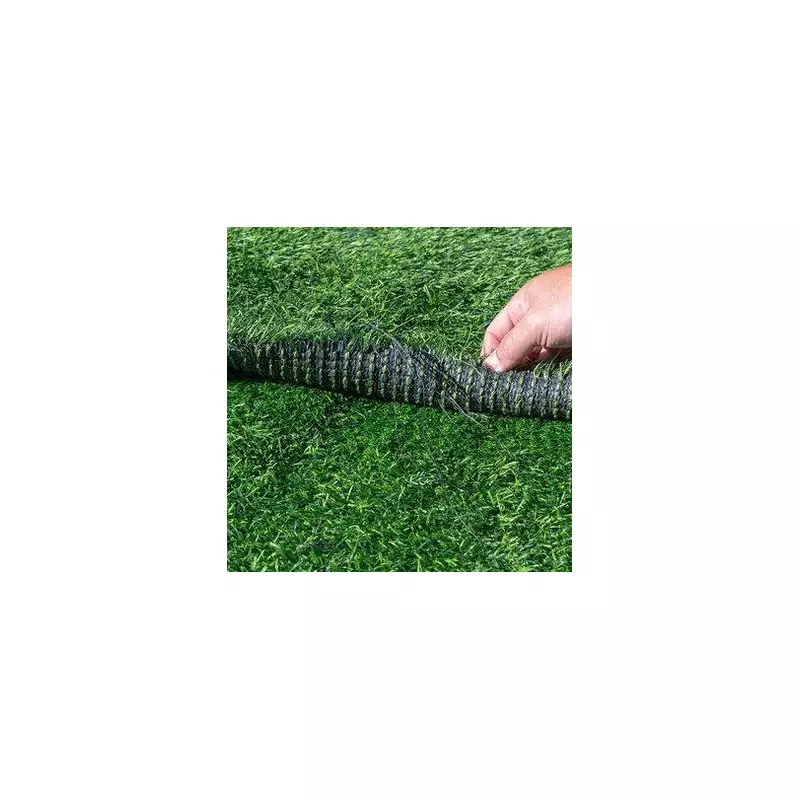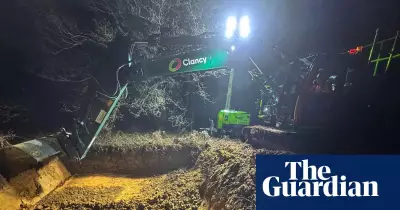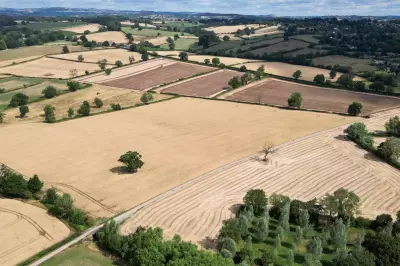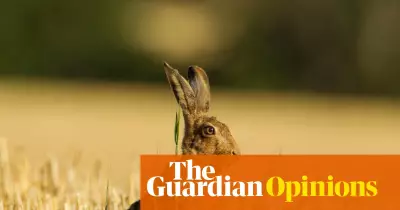
British homeowners are being urged to reconsider their love for artificial grass after experts highlighted its damaging environmental impact. While synthetic lawns have surged in popularity for their low-maintenance appeal, critics argue they harm biodiversity, contribute to plastic pollution, and worsen urban heat.
The Hidden Costs of Plastic Lawns
Once seen as a convenient solution for busy gardeners, artificial turf is now facing scrutiny. Unlike natural grass, plastic lawns:
- Offer no habitat for insects or wildlife
- Contribute to microplastic pollution as they degrade
- Absorb and radiate heat, creating 'urban heat islands'
- Prevent rainwater absorption, increasing flood risks
Eco-Friendly Alternatives
Garden experts suggest several sustainable options:
- Clover lawns: Drought-resistant and bee-friendly
- Native wildflowers: Support local ecosystems
- Permeable paving: Allows water drainage with decorative appeal
- Low-maintenance grasses: Specially bred varieties needing minimal care
The Royal Horticultural Society has joined the debate, encouraging gardeners to embrace natural solutions that benefit both the environment and local wildlife.





